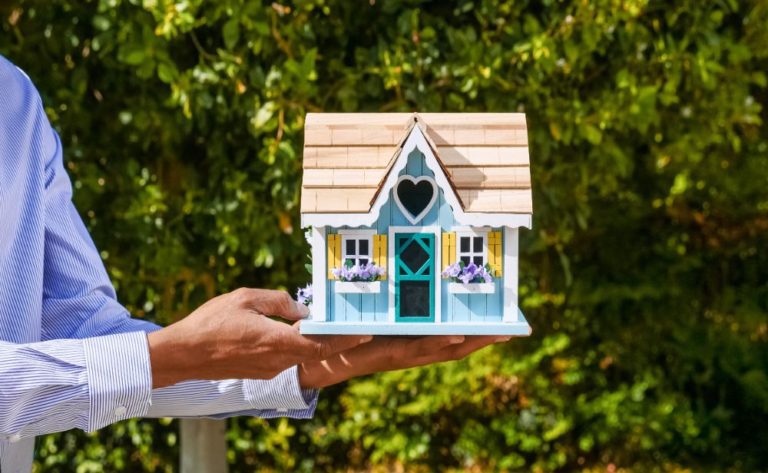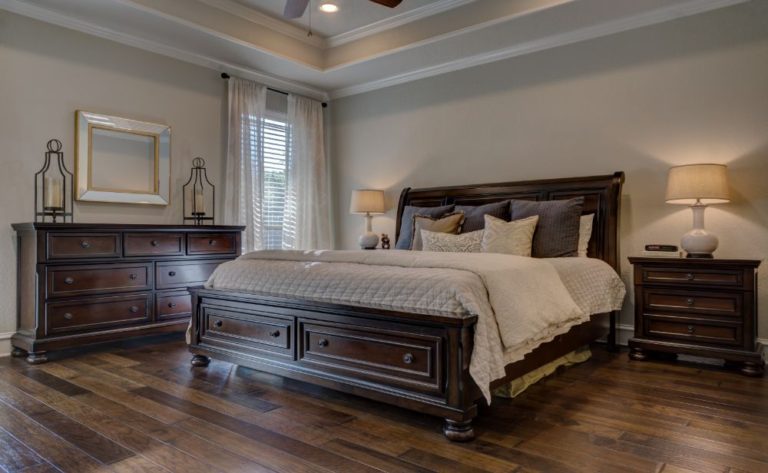5 Compromises worth Making When Buying a Home
Homebuyers frequently begin their search with a lengthy list of features that are must-haves, only to discover that they need to cut the list significantly once they see what is within their price range. It is impossible to accomplish everything on the wish list unless you have a bazillion dollars to your name. How, therefore, do prospective purchasers choose which elements of their ideal (house) they are ready to sacrifice?
We posed the question to a number of specialists, asking them to name a few typical compromises and provide some advice—or a word of caution—concerning the possible outcomes of such deals.
1. The setting
According to many salespeople, this is one of the first points on which their customers are willing to negotiate.
“Buyers do not want to compromise on their living space,” says Suzy Minken, a real estate agent in Short Hills, New Jersey. “While they may want to find a home that is within walking distance to the downtown area with shops, restaurants, and public transportation, buyers do not want to compromise on their living space.” “After all, they are the ones who reside in the house. Sometimes the size of these homes is insufficient to meet the requirements of their lifestyle, or the larger homes available in the town are simply out of their price range. As a result, the aspiration of living in a location that is close enough to the center of town to walk to frequently falls off the must-have list of prospective buyers.
2. The amount of space in square feet
However, not everyone is adamant that they will do anything and everything in their power to avoid being downsized. If you are willing to forego having a dining room, playroom, or guest room, you may be able to keep your expenses within your budget while still being able to reside in a more desirable neighborhood.
According to what he has said, “Sometimes the reward is not paying long term for family and friends to be able to stay in your home.” This compromise could therefore be the best option for you if your goal is to persuade your in-laws to spend less time with you during the summer months rather than the usual three weeks.
However, real estate agents caution that if your space requirements may grow in the near future—for example, if your family is growing—you should give moving into a cramped space some serious consideration before making the leap.
3. Size of the yard
Many prospective buyers have daydreams of cultivating a sprawling garden or at the very least having an outdoor pool or hot tub, but their dreams are dashed when they learn how much money (or what else) they will need to invest.
“When it comes to describing their dream home, buyers frequently say that they want a large backyard,” Minken explains. “They want to be able to entertain guests outside.” “However, after seeing a number of different places, buyers come to the conclusion that the size of the backyard is not nearly as important as the spaciousness of the interior of the home.” When I ask the people who are interested in purchasing a home from me to define what they mean by a “big” backyard, the response I get virtually every time is “large enough to fit a swingset.” That’s not exactly the size of a football field, is it? That means they have more homes to choose from, which is especially helpful when there is a shortage of inventory.
However, when it comes to the terrain itself, prospective homeowners tend to be more set in their ways.
4. Incredible garage
It often comes as a surprise to first-time home buyers who are moving from an urban area to the suburbs that not all homes have a two-car garage,” says Minken. “This is especially true for those who are moving from an urban area to the suburbs.” “Older homes, particularly those built in the early 1920s and 1930s, almost never do. Although there are some homes that do not have a garage at all, and selling these homes is much more difficult, buyers are willing to make concessions and purchase a home that has a one-car garage if the home meets the other requirements that are on their “must-have list.
Buyers are typically open to a variety of options regarding the type of garage. When some garages are detached from the rest of the house, it prevents potential buyers from entering the house through the garage, which is convenient in adverse weather conditions. In addition, some houses have one-car garages attached to them, but, surprise!, there is no door leading from the garage into the main part of the house.
5. Detailed architectural plan
You’ve always imagined yourself living in a Craftsman cottage, but when you looked into the cost, you changed your mind. If you find yourself falling in love with a Cape Cod all of a sudden, don’t worry; you’re not the only one.
When clients tell me what they want, one of the first things that typically comes up is the architectural style of the house or the type of kitchen counters they want. “Whether it be the architectural style of the house or the type of kitchen counters,” However, when they are forced to make concessions, after they have shopped around for a while, and thought about how much money they have to spend, the aesthetics of the home are typically the item that they choose to ignore.






